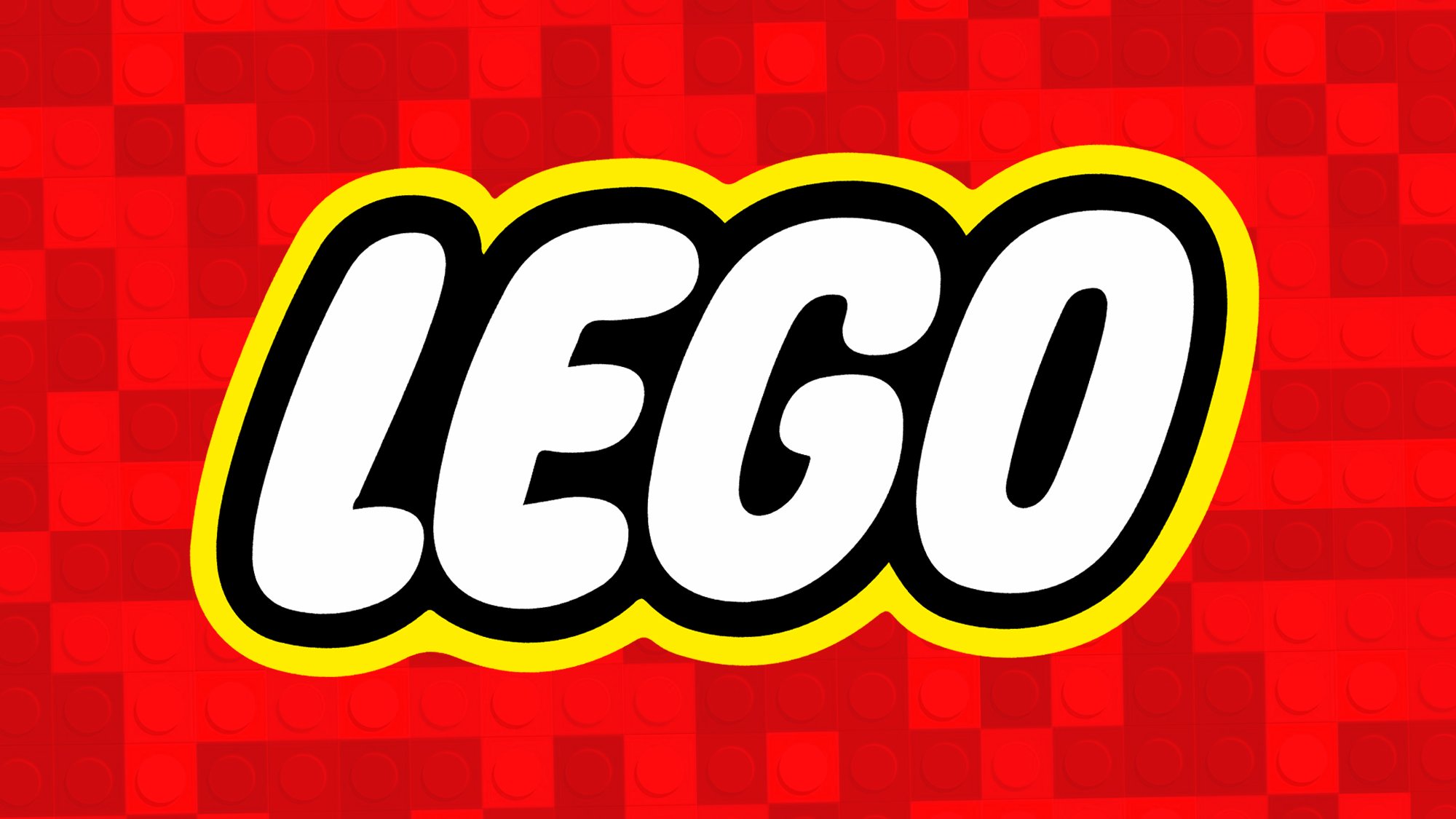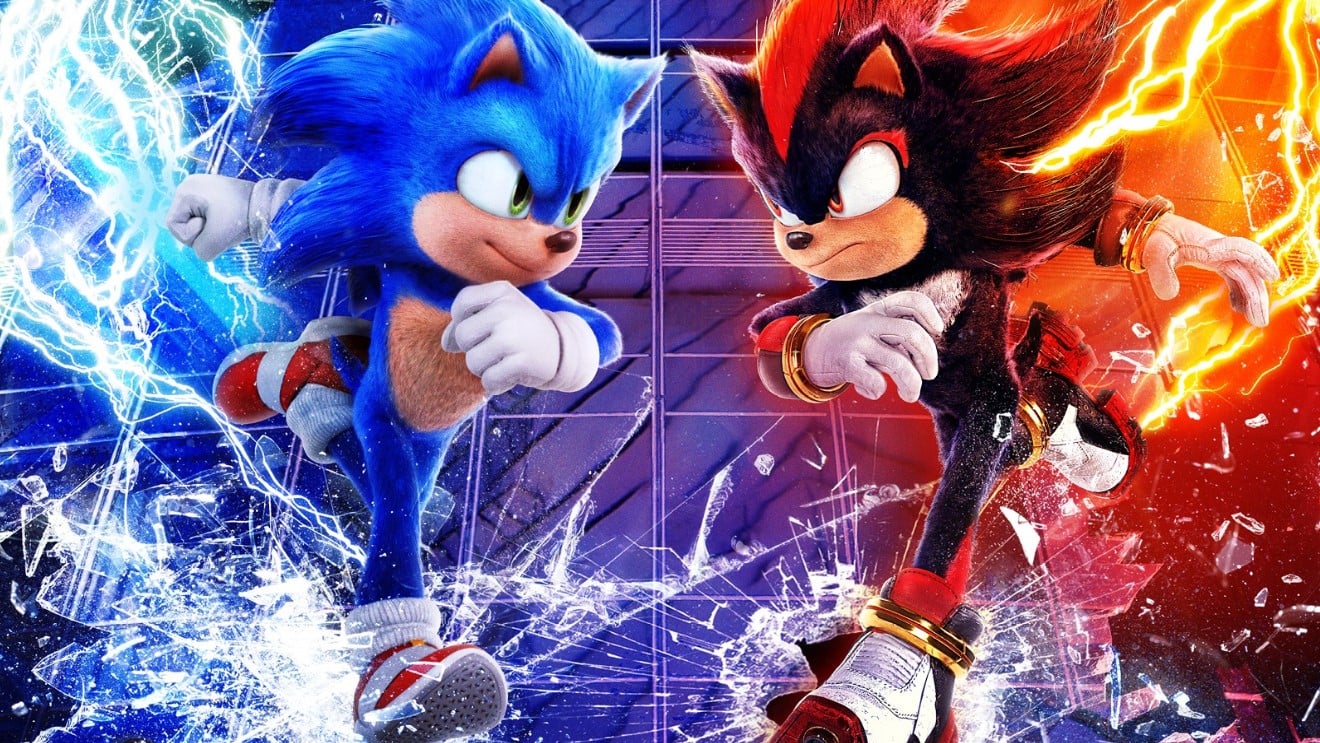Gaming News Without this master studio of JRPG art, Zelda Breath of the Wild and Tears of the Kingdom would never have seen the light of day on Nintendo Switch…
Monolith Soft is known for Xenosaga and Xenoblade and is one of Nintendo’s most important allies. But who is behind the studio?
Monolith Soft is celebrating its 25th anniversary! This Japanese studio is best known for being behind Xenoblade, Xenosaga, but also Baten Kaitos . It is also one of Nintendo’s most valuable partners, without which Zelda Breath of The Wild or Tears of The Kingdom would never have existed on Switch. Who is this team really and what has it achieved since its inception?
The saga in 6 opus
Before we talk about the studio itself, we have to introduce one of its founders: Tetsuya Takahashi. He began his career in 1980 as a developer at Falcom (a Japanese publishing and development company) before being hired at Square, where he worked on the graphics for Chrono Trigger and the first three Final Fantasy games. For the record, he created the legendary introduction to Final Fantasy VI with the help of the famous Hironobu Sakaguchi.
He will also propose a scenario for Final Fantasy VII, which will unfortunately be rejected as Square considers it too mature and violent.

Takahashi then supervised his first game with the help of his later companion Kaori Tanaka (better known by the pseudonym “Soraya Saga”). It’s an RPG called Xenogears.
Developed by Square and released on PS1 in Japan in February 1998, the title is considered unique. For his universe, Takahashi draws inspiration from several philosophical concepts and Western psychoanalysis, which was a novelty at the time.

But in addition to its complex plot and the themes it deals with, the game is considered cult because it lays the foundation for “Xeno,” which many people know today at least from the current Xenoblade. After some success for Xenogears (without reaching the level of Final Fantasy) Takahashi leaves Square because the studio cannot follow his ideas: this first project was actually intended from the beginning to be the “fifth episode” of a saga in six chapters each The Japanese studio wanted to focus on Final Fantasy.
The beginning of fame
In 1999, Takashi left the company along with some members of the team with whom he founded Xenogears. This gave rise to Monolith Soft, which was affiliated with Namco at the time. Through the notoriety through the development of games like Namco X Capcom or the very popular Baten Kaitos, Unsurprisingly, the title that will really put the studio on the map will be the second “Xéno”: Xenosaga. A project that will once again be led by Takahashi, always with the help of his partner.

Like Xenogears, Takashi imagines Xenosaga as a hexalogy from the start where philosophical topics have their place. As proof, the three parts of Xenosaga each have a German subtitle taken from the works of Nietzsche. The first episode, for example, is entitled “The Will To Power”.
A founding piece that will recoup its costs, but from Xenosaga II things get more complicated. Takahashi steps down as director (but still keeps an eye on the project) and development drags on. Unfortunately, this second work will not have the expected success. The license finally ends in 2006 with Episode III: Thus Spoke Zarathustra.
Monolith, a stone for Nintendo
When Namco and Bandai merged that same year, the future for Monolith became uncertain. But at this point, Nintendo was interested in the studio. In 2007 Mario’s father will buy 80% of the company’s shares, while Namco Bandai still owns 16%.
An acquisition that will be beneficial for Nintendo since Monolith will become a valuable asset to the company. Takahashi and his teams will actually help the Japanese company with the largest licenseslike Super Smash Bros Brawl, Animal Crossing, Pikmin 3, but also Zelda (with Skyward Sword and A Link Between Worlds). The studio’s expertise will be fundamental especially for Breath of the Wild and Tears of The Kingdom, ambitious open worlds that miraculously fit in the palm of Switch’s hand.

For these two major projects Monolith will particularly help with programming and shaping the topography to make Hyrule more vibrant. The team knows open world and how to get the most out of Nintendo consoles. Back in 2010, the first Xenoblade Chronicles on the Wii established itself as a technical masterpiecewhich will repeat itself a few years later on Switch with Xenoblade Chronicles 2 and 3.
The best is yet to come
If we don’t know today what the studio is planning for the sequel (Xenoblade Chronicles 3 was released in 2022), Takahashi still reiterates that this isn’t necessarily the end of the JRPG that gave the Wii and Switch their heyday. The license could return, but in a different form.
“If there is another Xenoblade, it will probably be something very different than what has been done before. In terms of style and music, I want to make it something that exceeds all expectations in the good sense of the word.” – Tetsuya Takahashi (via Nintendo Everything)
A new episode that should take its time. Last August, the studio posted job listings for a brand new role-playing game. Even though we don’t know the end of the story yet, rumors in the hallways have leaked a codename: “Legacy.” We also recently learned that Monolith is working on a new graphics engine. Maybe for a project that is more ambitious than ever?
Table of Contents








